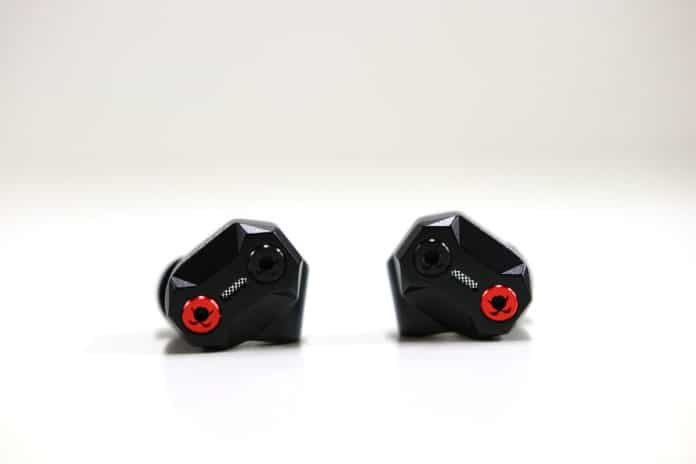There have been a lot of great in-ears coming out lately, especially from up-and-coming Chi-Fi brands. But Shuoer is a newcomer among newcomers, with only 2 products released at the time of this writing. One of them is a fairly standard hybrid IEM (the H27), but the subject of this review is the Shuoer Tape.
Shuoer Tape Low-Voltage Electrostatic IEM
The Tape may very well be the first of it’s kind: an electrostatic IEM at an entry level price of $129. Although looking at the diagram below, we can see the Tape is a hybrid utilizing a 10mm dynamic driver as well.
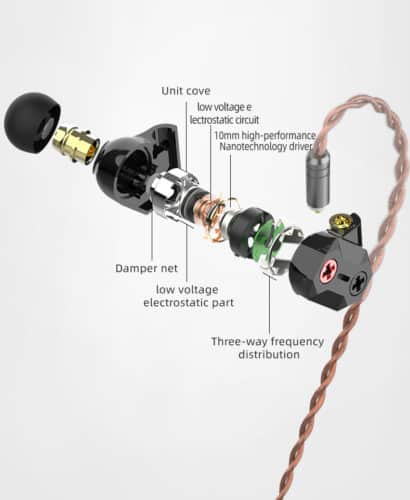
Detailed information on the Tape is scant, and suffers from poor translation into English. But from what I can gather, the low-voltage electrostatic mechanism is custom-developed by Shuoer. Word on the forums is that it’s an electret driver, which explains the lack of external power typically needed with electrostatics.
But however you want to classify it, the Tape is here, it’s only $129 and it sounds really good.
Packaging
Before even listening to the Tape, you encounter several unique design choices. The first is the packaging. Shuoer provides the oddest-looking box I have ever seen for a pair of headphones. It’s a bright red cylinder with piano keys overlaid along the bottom, and when it first arrived at the MajorHifi offices, I genuinely had no clue what it was. And it didn’t help that the only English words on it were “Impulse the Emotion”.
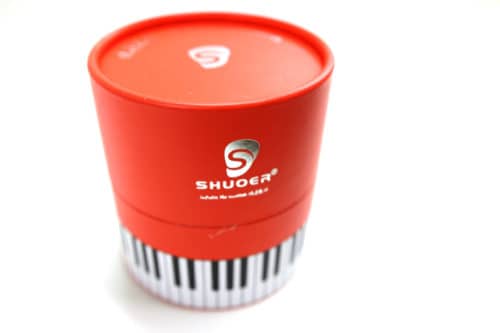
And it doesn’t stop at the box. The case holding the cable and extra tips looks like a palm-sized jade pebble… or maybe a weird UFO? I actually found myself kind of infatuated with the case. It’s so nice to look at, and very satisfying to play with like a fidget toy.
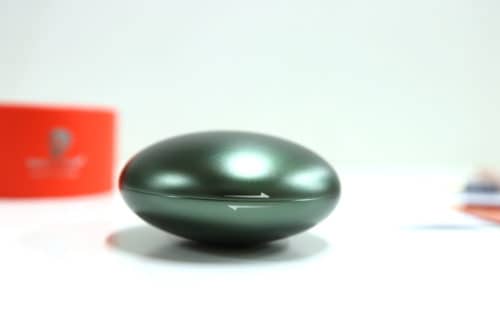
But my childish fascination aside, it’s completely impractical as a carrying case. Much too big for any pocket, and unscrewing it open was often a clumsy and slow process. It’s actually kind of funny how beautiful the case is as a standalone object, and how horribly it functions as a carrying case. It’ll be best used as a fixture on my desk.
Design
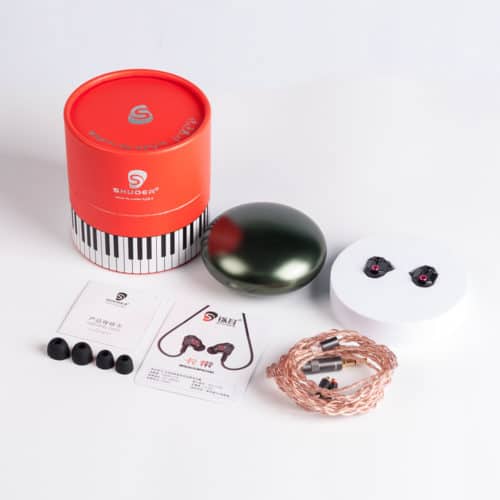
Once you get past all the wacky packaging and reserve a spot for the case on your mantle, you get to the earbuds themselves. The Tape is made of cold hard Aluminum and comes with a high-quality detachable MMCX cable.
The buds have a nice durable feel to them. And in case you haven’t caught on by now, they look like cassette tapes. (I was too chicken to find out if those screws are functional).
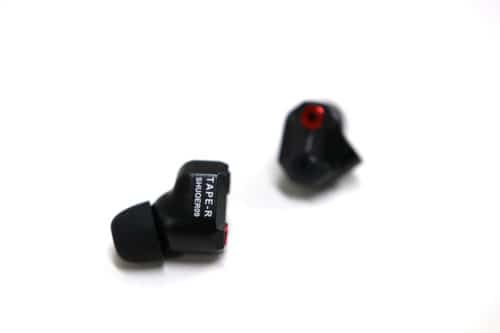
Although I think they look really cool, I do have minor complaints about the fit. Being so metallic and boxy, they have a tendency to grate against the edges of my ears. And as with all earphones, they require a tight seal to get the most out of the sound. But getting the seal tight enough sometimes left the eartip stuck in my ear.
I think some aftermarket tips will solve these problems, especially foam ones, which Shuoer did not include. And honestly, the sound quality makes up for all of these complaints.
Sound
For an entry-level IEM, the Tape sounds incredible. The lows and highs are both extended, but I wouldn’t call them V-shaped because the mids sound so natural. They manage to sound analytical and musical at the same time. Usually I praise analytical headphones by calling them “not boring”. But the Tape goes a step further, and actually manages to sound fun!

Lows
The Tape rock a good amount of sub and ultra-low information if the seal is secure. This is probably why it sounds more engaging than other ‘analytical’ type IEMs. The lows don’t bleed into the midrange either, so nothing feels bloated. And while I don’t consider myself a basshead, I won’t listen to most analytical IEMs (for personal pleasure, that is) due to the reserved nature of their bass. But the Tape had plenty for me.
Mids
The midrange must be where the electrostatic components kick in, because what sets the Tape apart is the amount of resolution in the mids and the highs.
There’s a definite boost in the high mids, and at louder volumes it can feel peaky. But mostly it just brings the vocals into crystal clear focus. The amount of depth and separation in the midrange is really astounding, and it totally avoids that hollow sound that boosted highs and lows can impart.
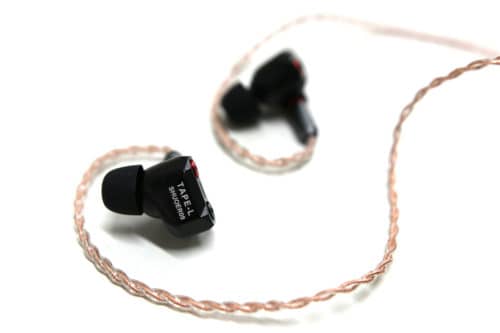
Highs
Even better than the midrange on the Tape are the highs. They echo what people usually say about electrostats: extended, but natural sounding. It’s hard to go back to dynamic in-ears without feeling like you’re missing out.
But the Tape’s greatest strengths also end up being its greatest weaknesses. For older or live recordings, the Tape can provide too much high end clarity. White noise and tape hiss become exacerbated, and certain guitar and horn sounds can be fatiguing (thanks again to that upper-mid bump).
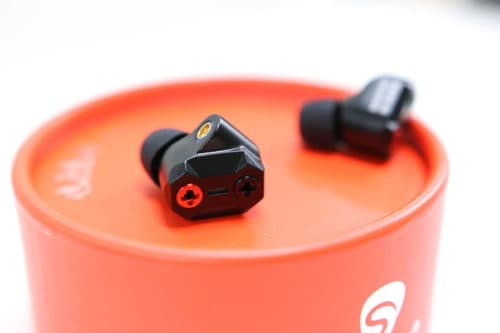
Conclusion
The Tape is a unique mix between musical and analytical. Modern music, impeccably produced, sounds incredible through these. But older, dirtier styles of music could use something more forgiving.
So there’s a definite sweet spot for sounding great on the Tape, in terms of volume and the music itself. But when you hit that sweet spot, the Tape really does sound amazing for the price.
Pros- Fat lows, natural midrange, and superb high-end detail at a great price.
Cons- Peaky mids at higher volumes, can be unforgiving to certain genres.
Find them on Amazon
MajorHifi may receive commission from retail offers.
MAJORHIFI may receive commissions from retail offers.


